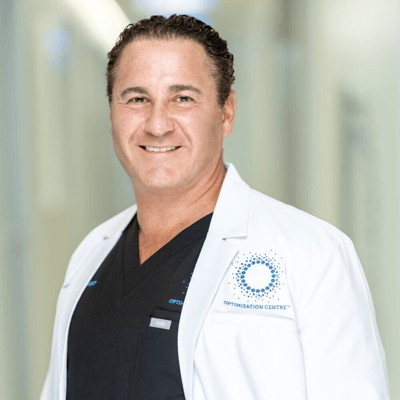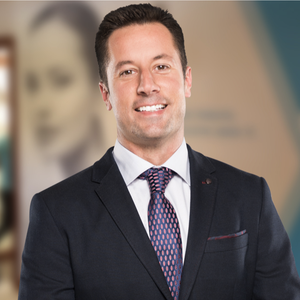Breast augmentation is an elective cosmetic surgical procedure aimed to enlarge or bring symmetry to otherwise asymmetrical breasts. Women choose breast augmentation for many different reasons. Some patients simply are looking for a larger bust size to achieve a certain body self-image that they consider more feminine. Sometimes women feel that their breasts are out of proportion or uneven, with a noticeable difference in size. Tiny, tubular, or asymmetrical breasts are often a cause of self-consciousness. In many cases, they need a specific undergarment to solve the asymmetry problem.
A few common goals of breast augmentation surgery are:
Restoring breast volume lost after childbirth and breastfeeding
More noticeable curves in a swimsuit or lingerie with added volume
Adding balance to complement their hips better
Enhancing a positive self-image
Proportionate, attractive, and shapely breasts—a symbol of youthfulness
Methods of breast augmentation
There are several methods of breast augmentation, including:
Breast implants: For breast augmentation using breast implants, the surgeons work with the patient to find suitable implants for their specific needs. They can choose from the following types of breast implants:
Saline Implants
Silicone Gel Implants
Fat transfer: Fat is taken from another part of the body using liposuction and is then injected into the breasts.
Flap reconstruction: Tissue from the stomach, back, or other body parts is used to create a breast shape.
Non-surgical augmentation: Non-invasive procedures such as Sculptra injections or HIFU ultrasound treatment can help to boost volume but are not as effective as surgical options.
It's important to note that breast augmentation is a surgical procedure with a complication risk. Therefore, you should consult a board-certified plastic surgeon to understand your best options. Ideal candidates for breast augmentation include women who want larger breasts, wish to correct asymmetrical breasts, or want a more curvy and aesthetically pleasing breast profile. There is no 'typical' breast augmentation patient. Therefore, each treatment is tailored specifically to the needs of women. Specialist cosmetic surgeons at Yes Doctor’s list of board-certified surgeons have performed thousands of breast augmentation procedures, typically more than a hundred each year. In a consultation, they'll take the time to understand your needs, talk you through the options, answer your questions, and ensure that you understand what surgery involves, including possible risks, complications, and follow-up care.
Breast implant procedure
The surgical procedure for implant placement may seem simple but in fact requires a great deal of mastery. Below are the main steps involved:
Incision: incisions are made under the breast, along the border of the areola, or in the armpit (rarely, some surgeons perform augmentation through the belly button) to place the implants inside. Great care is practiced to ensure that the scars are minimal in size and as discreet as possible.
Implant placement: Proper implant placement is necessary to get natural-looking results. Breast implants are placed under the chest tissues for a natural and balanced look. Depending on the technique, anatomy, and patient and surgeon preferences, implant can be placed under the breast tissue, muscle, or both. The choice of method mainly depends on the degree of enlargement required, the patient's body type, and the surgeon's recommendation.
Closing the incisions: After the implant placement, incisions are stitched and dressed. In most cases, this will be done with dissolvable sutures or sutures that are removed within the first two weeks.
Postoperative care: To guard against unreal expectations of breast augmentation, candidates should know what breast augmentation cannot do. Breast augmentation surgery cannot correct Grade 3 Ptosis—severely drooping breasts. The patient may need a breast lift parallel to breast augmentation to treat severely sagging breasts. Moreover, implants do not last for a lifetime. The patient needs to replace the implants sometime in the future. The life span of breast implants usually varies from patient to patient and will depend on many factors that can not be predicted.
Breast implant complications
Generally, breast implants can last 10 to 20 years. However, replacement may be required along the way for cosmetic improvements, leakage, shape changes, volume changes, or correction of effects of pregnancy and weight fluctuation. Patients in their late teens or early 20s, when first undergoing augmentation, might need to get their implants replaced many times in their lifetime.
Other complications can include capsular contracture, where the breast may become firmer and distorted in appearance due to thickening of the lining of tissue that forms around the implant on either or both sides. This can require revision surgery and can recur in some patients. There is also a phenomenon currently known as “breast implant illness,” where some patients have body symptoms that in some cases improve when their implants are removed and not replaced. Breast implant illness is an area of ongoing study and is not widely agreed upon.
Breast implants might also rupture if the patient sustains serious chest injuries, like airbag deployment or blunt trauma. Changes in the breast shape with pregnancy or weight changes may alter how the implant sits and may be a reason for revision surgery. Breast lifting is often combined with implants to correct such issues.












